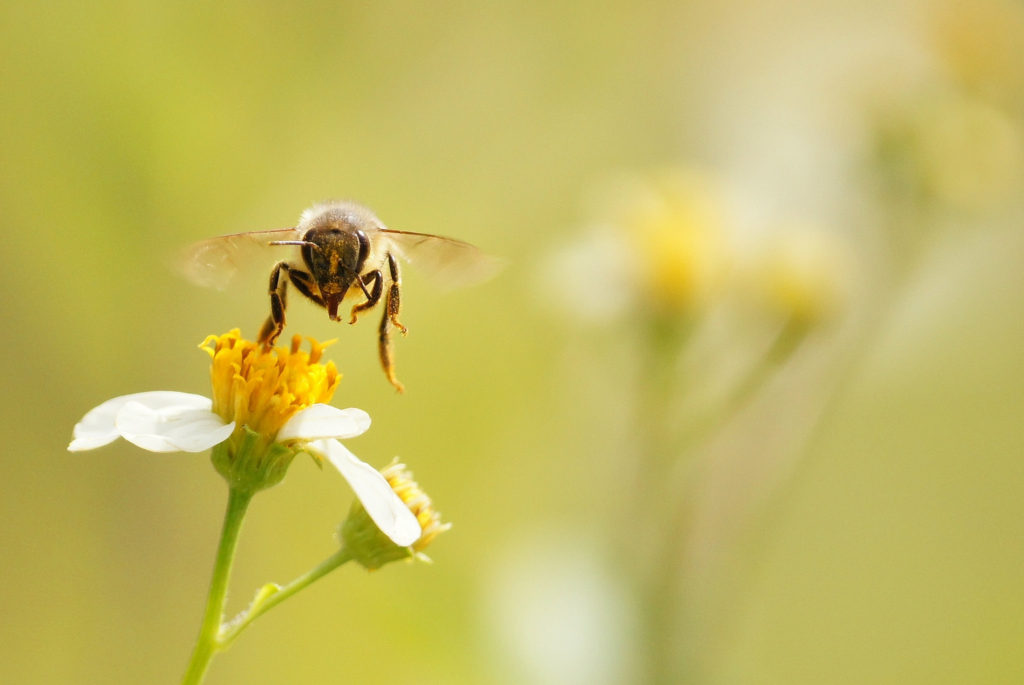
Global bee populations have been drastically declining as a result of habitat loss, pesticides and climate change. But studies are showing that planting flower patches in urban gardens and green spaces can make a real difference in restoring natural pollinators. There are already positive results in cities from Chicago to London to Melbourne.
There was an initiative launched in 2015 called the Million Pollinator Garden Challenge which is designed to create gardens and landscapes conducive to bees, butterflies, and other pollinators. The U.S. map on their website shows the country blanketed with orange dots showing the locations of new plantings. Pollinator gardening is becoming mainstream in the U.K. as well.
Floral plantings in urban spaces are definitely attracting bee populations. There are concerns that the bee species are not representative of overall native bee populations but favor certain types, particularly those that do not require bare ground for nesting. There are also concerns that non-native plants and exotic specimens being planted in urban gardens are upsetting ecosystems.
But on the other hand, urban spaces offer unique advantages. Bees are flourishing in vacant lots in so-called shrinking cities like Detroit and Cleveland because these places are like undisturbed wilderness where nobody is spraying Roundup to kill off weeds.
Overall, there is considerable conservation potential in cities. Cities can be made more beneficial to bees by making sure there is ample, bare loose soil for ground nesters and by banning pesticides that are harmful to bees. Urban native plants should be protected and more of them planted. If everyone in a city of a million people planted even one pollinator-friendly plant, there would be a million more foraging opportunities for bees.
**********
Web Links
Urban Refuge: How Cities Can Help Rebuild Declining Bee Populations
Million Pollinator Garden Challenge
Photo, posted March 12, 2016, courtesy of Ada Durden via Flickr.
‘Cities Can Help Bees’ from Earth Wise is a production of WAMC Northeast Public Radio.
Leave a Reply